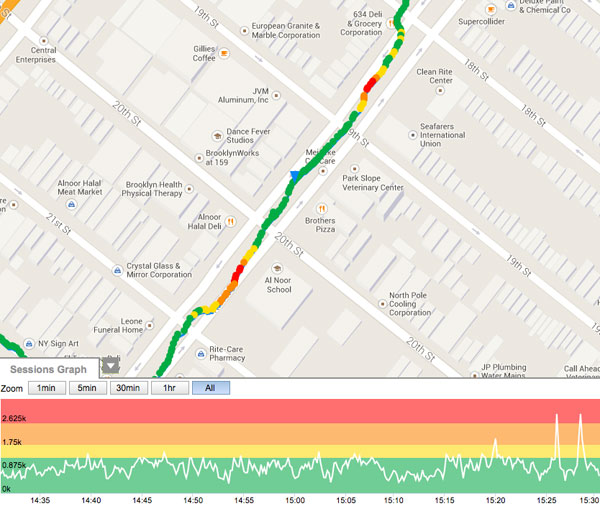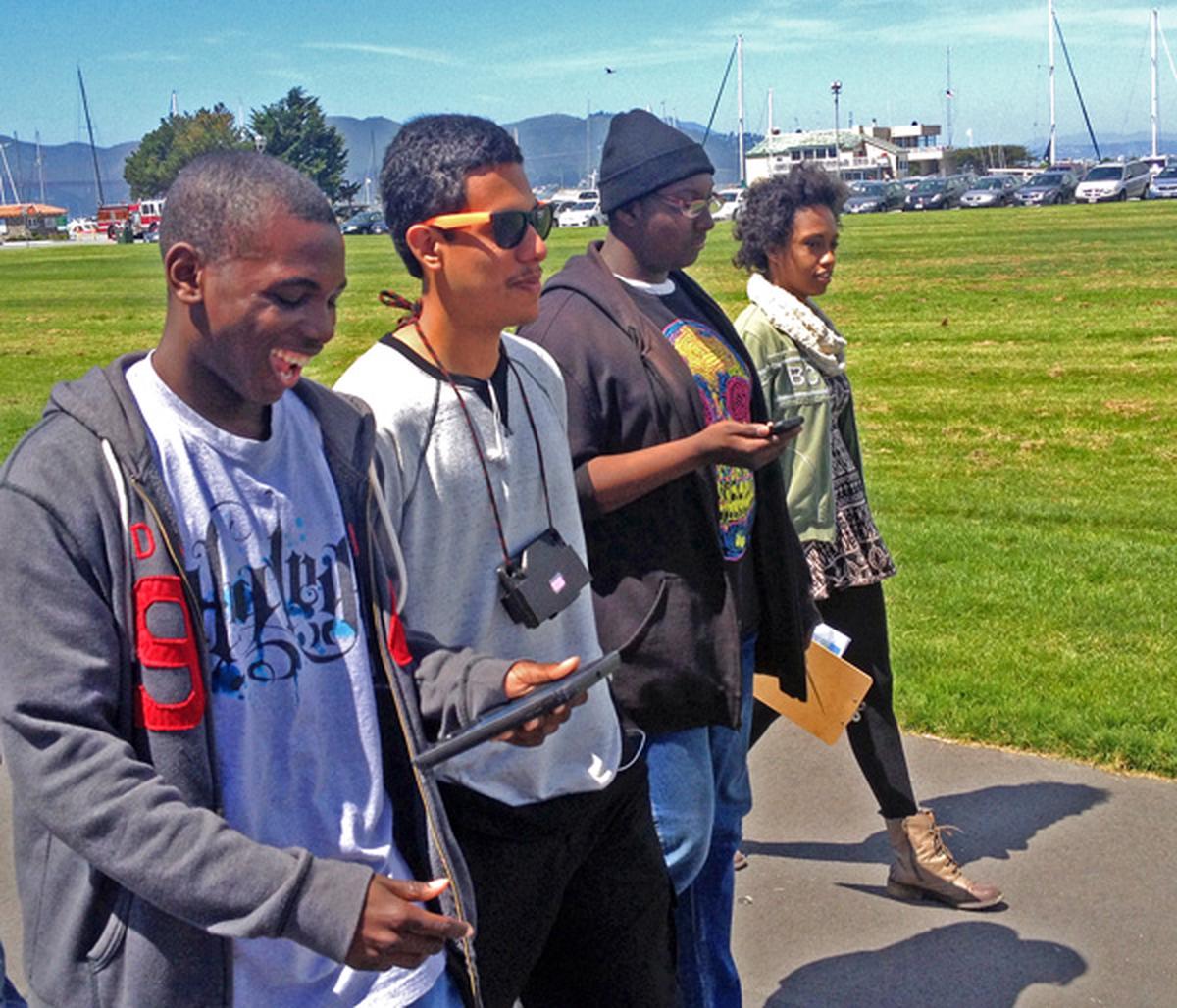
AirCasting Youth is an educational program for high school students that teaches how to build AirCasting air quality instruments, develop air quality monitoring plans, utilize the AirCasting platform to record, map, interpret, and share air quality data, and lead change through civic action. Thanks to support from the Knight Prototype Fund, we’ve been working with Sonoma Technology - an employee-owned firm that provides air quality and meteorological analysis, forecasting, and communications services - to rapid prototype the AirCasting Youth program.
Feedback Loop
Our primary method for gathering feedback and improving the AirCasting Youth program was via workshops conducted with youth in Brooklyn and San Francisco during the Spring of 2014. During the workshops, our team gathered feedback via fly-on-the-wall observation, post-course surveys, and informal group interviews to understand how participants were engaging with our curriculum and technology. The primary questions we sought to answer were:
1) Given the complexities of air quality science, what are the basic principles that students’ need to master?
2) How should the information and activities be sequenced to ensure each builds on what follows?
3) What type of real-time interactive feedback drives sustained participation and enhances participant experience?
4) How could a social experience be integrated into the AirCasting android app?
5) How and where should the AirCasting air quality instrument be worn; can the AirCasting air quality instrument be designed to make proper use intuitive?
The insights we gathered from questions 1 & 2 are reflected in our pilot AirCasting Youth workshop curriculum, available as a free PDF download here. We’ll be refining this curriculum as we teach it and gather additional feedback. Once we have it where it needs to be, we’ll finalize it and make it available as the second educational toolkit in our MapThink series.
Questions 3 & 4 were challenging to answer because we didn’t have the time or funds required to build out and test the interactive and social features suggested by workshop participants and sketched out during post-workshop brainstorming sessions. Many of the ideas centered on facilitating the formation of localized AirCasting community networks by enabling the exchange of real-time location information. Knowing where other AirCasters are located could lead to coordinated efforts to “fill-in the gaps” - taking measurements at times and in places that are missing - and add gaming components to incentivize data collection, facilitate in-person social interaction, and encourage engagement with community-based organizations.
We made tremendous progress on question 5 based on feedback from the AirCasting Youth workshops, which led to a new and improved design for the AirBeam. The AirBeam is an instrument of our own design that utilizes a light scattering sensor to measure fine particulate matter or PM2.5. One of the most important changes we made to our design was to give the AirBeam a face. Participants reported that this not only made the instrument more relatable and memorable; it also made the orientation of the instrument obvious, that is to say “don’t cover the face”. This was extremely important because we located the intake and exhaust ports on the face and if either is blocked the accuracy of the measurements are compromised.
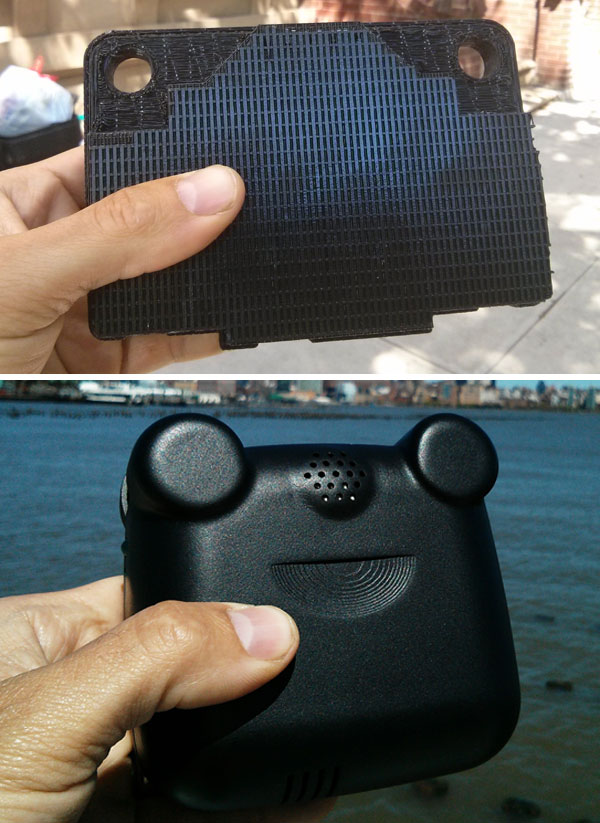
During the workshops we had students wear the AirBeams around their necks. The students reported that this was comfortable enough for walking around but wouldn’t work for running or cycling and was far from discreet. After experimenting with and endlessly debating how the AirBeam should be worn we decided to not make a decision, but instead, let the user decide by offering an array of attachment options. The AirBeam can still be worn around the neck with a lanyard but now it can also be attached to a bag strap with a mini-carabiner or clipped to the waist with a belt clip.
Going AirCasting
We were fortunate to have UPROSE as a partner for our Brooklyn workshop. UPROSE is a grass roots, multi-ethnic, intergenerational community-based organization dedicated to environmental and social justice. We spent a full day in Sunset Park with UPROSE Youth Justice members. We taught them about AirCasting and they taught us about the air quality problems in their neighborhood, which is host to multiple power plants and waste transfer stations, dozens of auto shops, and bisected by the Gowanus Expressway.
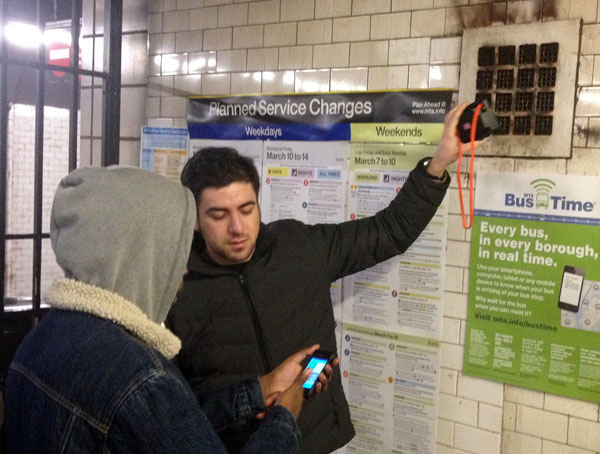
One unexpected finding from our AirCasting sessions were the invisible plumes of particles puffing forth from street level subway vents. We discovered that the characteristic rumble of N/R subway trains passing under 4th Avenue were invariably accompanied by a spike in PM2.5 measurements as particles were ejected from the subway vents that line the roadway median strips.
In San Francisco we had the opportunity to work with over 60 seniors from the Galileo Academy of Science & Technology, a public high school that provides students with career pathways in biotechnology, environmental science, health, hospitality and tourism, computer science, and creative media technology.
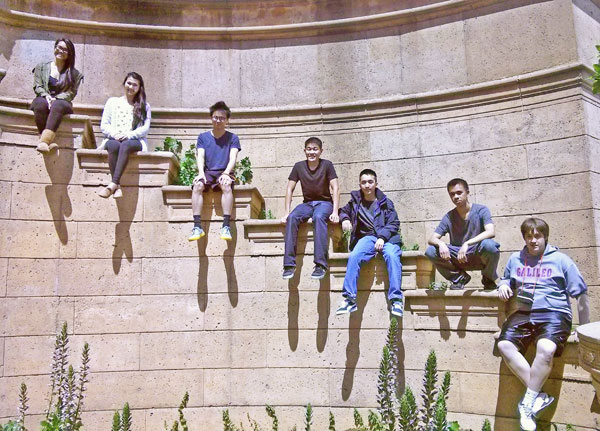
Due to the large number of students, we spread the workshop out over multiple days which allowed us to compare air quality measurements from one day to the next. We were happy to find that the AirCasting data followed the same pattern observed in the official monitoring data posted to AirNow.gov. On the April 16th the AirCasting CrowdMap is predominantly orange with scattered red and yellow whereas on the 17th it is predominantly yellow with scattered green. The official Air Quality Index from these same days indicated that PM2.5 concentrations in the Bay Area were indeed higher on the 16th, 55/yellow, than the 17th, 45/green.
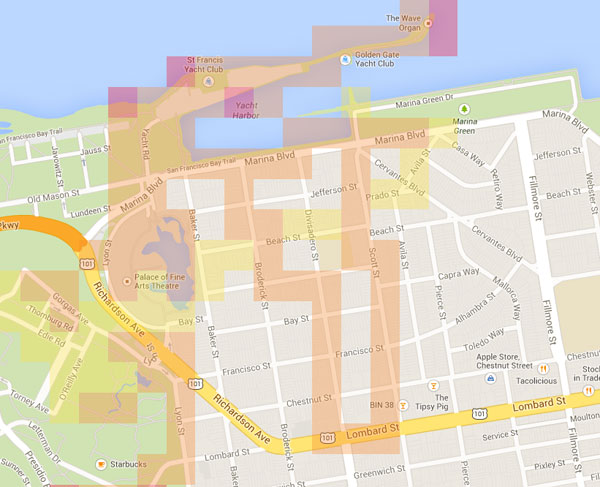
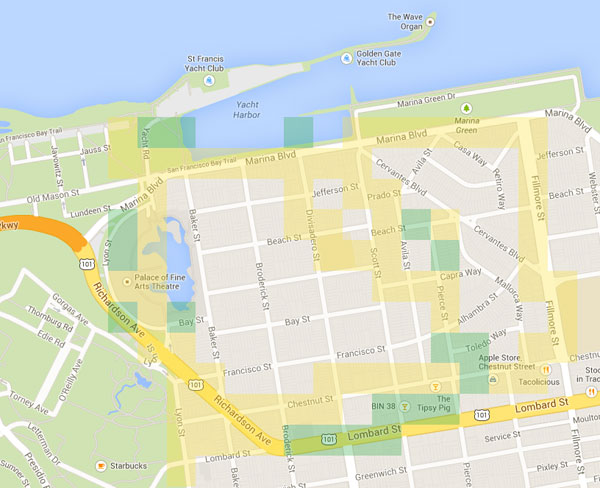
With support from the Knight Prototype Fund we also made changes to our software to address the number one concern expressed by AirCasters: data quality. More on this in a future post . . .
